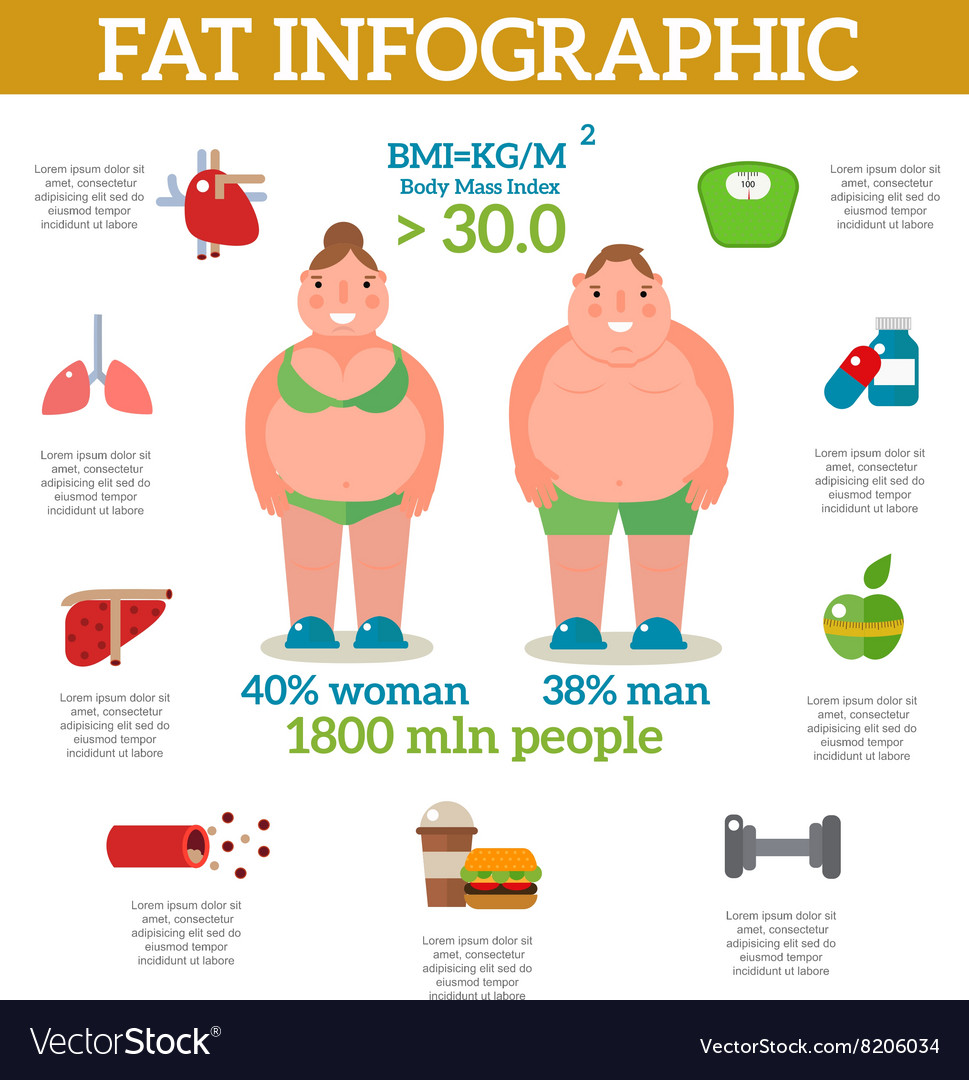Scientific Research On The Efficacy Of Cold Laser Technique
Scientific Research On The Efficacy Of Cold Laser Technique
Blog Article
Scientific Research Study on the Efficacy of Cold Laser Strategy
Cold laser therapy is a valuable tool to assist suffering administration and the recovery process. It is typically used in sporting activities medication, dermatology and acupuncture.
Cold lasers permeate deep right into cells and advertise chemical adjustments without warming them. They lower inflammation and swelling, speed mobile activity and accelerate healing.
Theoretical History
Unlike the high-intensity lasers that surgeons usage to cut through cells, cold laser therapy uses light-emitting diodes to permeate right into your skin and promote recovery. As these photons get to broken tissues, they launch a chain reaction that raises your cells' manufacturing of enzymes and increases your body's natural recovery processes.
The photons additionally lower pain via the manufacturing of endorphins and increase your body's ability to drain swollen areas by inducing vasodilation (the growth of capillary). Consequently, it aids you recoup from bone and joint injuries and discomfort more quickly.
Many people have actually found out about chilly laser therapy from their physical therapist, chiropractic specialist or medical professional and may be questioning how it functions. Unlike a lot of laser devices used in the clinical area, which actually warm up cells, our modern equipment emits cool laser light beams that don't create any heating of your cells. This allows your body to get the healing benefits without causing any adverse effects.
Clinical Trials
Cold laser treatment is frequently suggested as a therapy option for clients that have bone and joint pain and injuries. It can be utilized to lower swelling, strengthen cells and increase the body's natural healing procedures.
Non-thermal photons of red and infrared laser radiation are soaked up by the light sensitive elements in cells and initiate a boost in intracellular metabolic rate that increases cell recreation, minimizes inflammation, gets rid of edema and shortens recovery time.
Unlike the light that is produced by sunshine or standard lights, laser light is identical (all wavelengths travel parallel), coherent and single. These buildings enable laser power to permeate much deeper into the cells.
A number of clinical tests have revealed that LLLT can be reliable in reducing discomfort in the bone and joint system. However, more well-designed researches are required to assess the optimal setups for laser irradiation and to determine its effectiveness in certain problems, such as dental mucositis in cancer individuals getting chemotherapy or radiotherapy, and injury recovery (consisting of diabetic pico laser near me abscess following hammertoe surgical treatment). This Aetna policy publication does not resolve other uses of LLLT, consisting of the treatment of different skin diseases.
Verdicts
Unlike surgical lasers that can ruin lumps or coagulate tissue, chilly laser treatment does not heat the body's cells. Instead, the light boosts your cells to produce adenosine triphosphate, which accelerates the repair process of damaged cells.
Aetna thinks about low-level laser (LLL) treatment clinically essential for the prevention of dental mucositis associated with cancer treatment (chemotherapy, radiation treatment, hematopoietic stem cell transplantation) and non-cancer therapies (such as radiodermal injury, fibromyalgia). Several studies showed that LLT can be reliable in minimizing PU symptoms without damaging impacts. Nonetheless, differences in research study layouts and laser dosimetry made comparison of the results challenging; RCTs with low danger of prejudice are required. The use of a 660 nm wavelength and higher energy density appears to be a lot more reliable than the various other researched laser wavelengths. This could be because the other wavelengths may stimulate inflammatory processes and trigger more adverse effects. The effect of the type of laser utilized is likewise vital; the authors suggest that future research study focus on examining various types of lasers and their dosages to establish the optimum combination of laser parameters for PU prevention.
Suggestions
Cold laser therapy is utilized by dental practitioners to treat irritated gum tissue, physicians to alleviate pain triggered by rheumatoid arthritis, and physical therapists to speed the healing of muscle mass, tendon, and ligament injuries. Many clinical insurance plans cover this treatment.
Unlike warm lasers, which have a thermal result on cells, cool lasers (additionally called low-level lasers) boost the mobile power of the skin. Photons from the laser light permeate right into the cell, activating a collection of chemical changes that promotes regrowth and lowers swelling.
In order to work, lasers must be correctly configuration and made use of. This is why it is not a good idea to purchase an inexpensive non-prescription laser device and attempt to treat yourself at home. A trained practitioner is called for to make sure that the tool is utilized appropriately to lessen the danger of eye injury and optimize its efficiency. The laser gadget should be adapted to the appropriate setting, intensity, regularity, and placement of the laser on the therapy area.